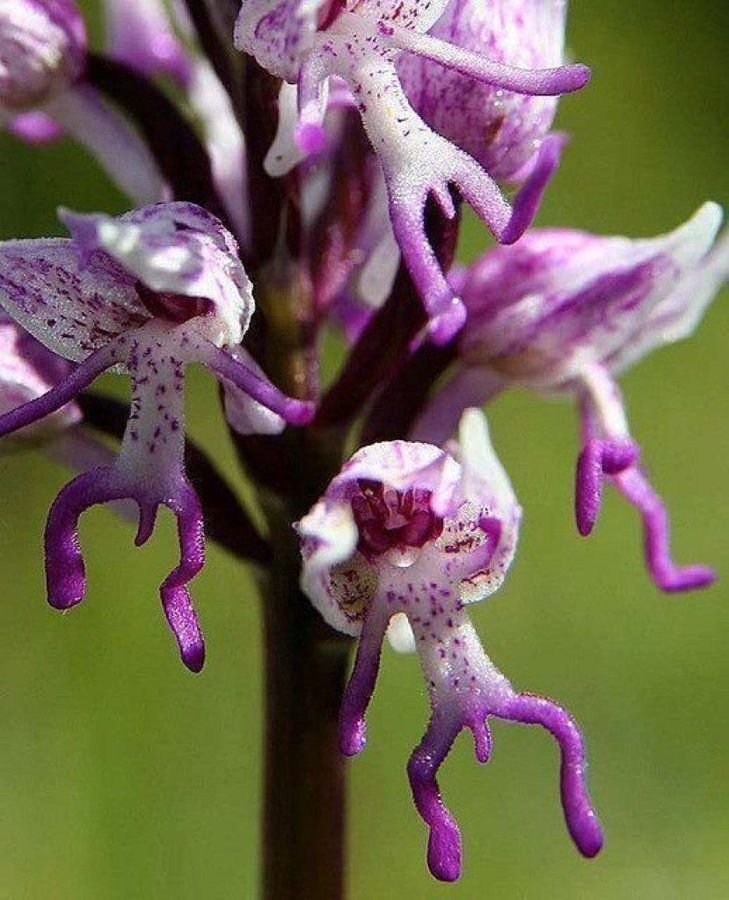Monkey Orchids
#1
I never woulda believed it, had I not found many internet references of it, the "Monkey Orchid"... WTH ???? 
Looks like all the monkeys are males?
An excerpt from one internet source;
"This showy orhid was first described in France in 1779 and its name refers to the appearance of the lip which is also, and unsurprisingly how it gets its common name of Monkey orchid.
It is a common but local species which ranges from Southern England down to North Africa and eastwards as far as Iran. In Britain it was once a relatively easy plant to find and particularly in the area where the Thames Valley cuts through the Chiltern Hills in the vicinity of Wallingford and Pangbourne. It's thought that changing agricultural methods employed on the meadows and grassy slopes were unhelpful and when coupled with the depredations of early 20th century orchid collectors, its fate was becoming predictable and by the late 1920s it had become exceedingly rare.
All was not lost however and a lot of very hard work by dedicated groups has returned O. simia to a position where although still a British rarity, its future seems secure. Visits to Hartslock nature reserve in Oxfordshire or Park Gate Down in Kent will yield good sized colonies of this endearing Orchis ."


Looks like all the monkeys are males?

An excerpt from one internet source;
"This showy orhid was first described in France in 1779 and its name refers to the appearance of the lip which is also, and unsurprisingly how it gets its common name of Monkey orchid.
It is a common but local species which ranges from Southern England down to North Africa and eastwards as far as Iran. In Britain it was once a relatively easy plant to find and particularly in the area where the Thames Valley cuts through the Chiltern Hills in the vicinity of Wallingford and Pangbourne. It's thought that changing agricultural methods employed on the meadows and grassy slopes were unhelpful and when coupled with the depredations of early 20th century orchid collectors, its fate was becoming predictable and by the late 1920s it had become exceedingly rare.
All was not lost however and a lot of very hard work by dedicated groups has returned O. simia to a position where although still a British rarity, its future seems secure. Visits to Hartslock nature reserve in Oxfordshire or Park Gate Down in Kent will yield good sized colonies of this endearing Orchis ."






